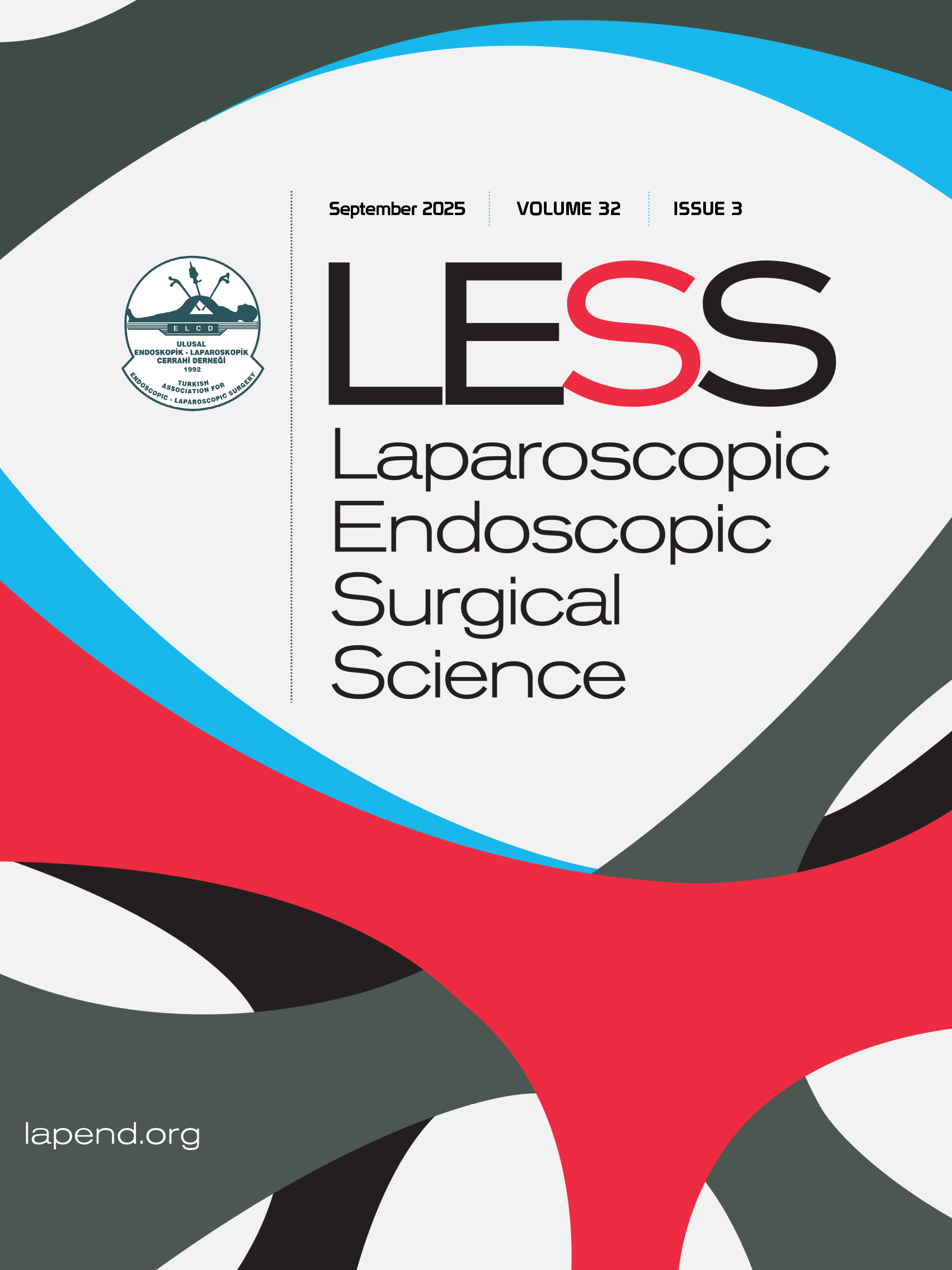Real-time contrast-enhanced endoanal ultrasound vs. MRI in perianal fistula: Which modality leads to better surgical mapping?
Alp Ömer Cantürk1, Hakan Demir1, Erhan Eröz1, Ahmet Körmen2, Enise Bacak1, Emre Gönüllü3, Ahmet Tarık Harmantepe3, Kayhan Özdemir2, Fatih Altıntoprak21Department of General Surgery, Sakarya Training and Research Hospital, Sakarya, Türkiye2Department of General Surgery, Sakarya University Faculty of Medicine, Sakarya, Türkiye
3Department of Gastrointestinal Surgery, Sakarya Training and Research Hospital, Sakarya, Türkiye
INTRODUCTION: Perianal fistula (PAF) is a benign anorectal disease that can seriously affect the quality of life of patients if diagnosis and treatment are delayed. In this study, we compared the diagnostic performance of Magnetic Resonance Imaging (MRI) and contrast-enhanced anal ultrasonography (EAUS), which are commonly used before surgical planning for PAF treatment.
METHODS: Between 2022-2024, the records of 40 patients who underwent contrast-enhanced EAUS and MRI examinations and subsequent surgical treatment for PAF at Sakarya University Training and Research Hospital during the preoperative period were retrospectively evaluated. Using intraoperative findings as the gold standard reference, the sensitivity, specificity, and positive/negative predictive values of both preoperative diagnostic methods for mapping the fistula tracing, detecting the internal orifice, and identifying existing abscesses were investigated.
RESULTS: The mean age of the patients was 41 years (19-73) and 72.5% were male (n=29). Of the 40 patients, 29 were classified as having primary (72.5%) and 11 as having recurrent perianal fistulas (27.5%). Contrastenhanced EAUS accurately mapped the fistula tracts 85% of the time, with a success rate of 100%, especially in primary fistulas. In contrast, in the presence of recurrent disease, the diagnostic sensitivity of EAUS was insufficient in 22 patients (54.5%). EAUS was found to be advantageous in detecting submucosal or small abscesses, whereas MRI was more effective in identifying multiple and complex tracts because of its advantage of wide anatomical mapping. In addition, real-time evaluation of EAUS was found to be an important advantage in determining the relationship between the fistula tract and anal sphincter structures.
DISCUSSION AND CONCLUSION: Contrast-enhanced EAUS and MRI are complementary modalities for the preoperative mapping of perianal fistulas. Although MRI provides superior anatomical details in the presence of complicated and recurrent disease, EAUS provides real-time evaluation, is easily reproducible, and can be used even in the operating room. The sequential or combined use of both methods, especially in the presence of complicated or recurrent disease, can significantly contribute to increasing surgical success.
Keywords: Contrast-enhanced endoanal ultrasound, magnetic resonance imaging (MRI), perianal fistula, surgical mapping
Alp Ömer Cantürk1, Hakan Demir1, Erhan Eröz1, Ahmet Körmen2, Enise Bacak1, Emre Gönüllü3, Ahmet Tarık Harmantepe3, Kayhan Özdemir2, Fatih Altıntoprak21
2
3
GİRİŞ ve AMAÇ:
YÖNTEM ve GEREÇLER:
BULGULAR:
TARTIŞMA ve SONUÇ:
Manuscript Language: English















